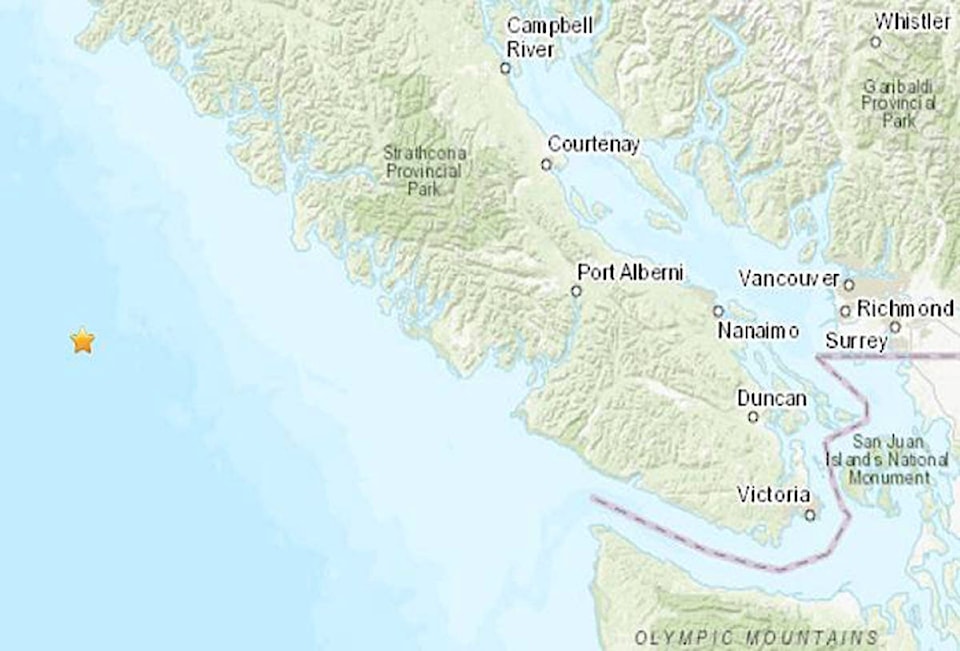Next month marks 320 years since the Cascadia Megathrust earthquake rocked Vancouver Island, shooting a tsunami wave at the speed of a jumbo jet across the Pacific Ocean to Japan.
The impact was recorded overseas and left a historically viable marker of what was likely one of the most catastrophic natural events in Greater Victoria’s history.
READ ALSO: POLL: When do you think the next major earthquake will hit Vancouver Island?
READ ALSO: B.C. has history of big earthquakes
While the threat of the ‘Big One’ is a quiet source of concern for many – a looming, abstract dread behind calls for seismic infrastructure upgrades, earthquake safety awareness and regular ‘ShakeOuts’ in schools and offices across the region – the next megathrust is not necessarily overdue.
“We can’t predict earthquakes and we are a million miles away from being able to,” says Edwin Nissen, University of Victoria professor and Canada Research Chair in geophysics. Nissen has expertise in global geohazards including the subduction zones of the Cascadia plate boundary – the convergent boundary stretching from northern Vancouver Island to northern California.
“It’s wrong to say the next earthquake is overdue,” he says – pointing to the unpredictable pattern of plate shifts over history. “But it is correct to say it might happen tomorrow. It might happen today or tomorrow or in 100 years.”
READ ALSO: Be Prepared: Hospitals prep for mass casualties
The factors behind the next big quake are complicated, but boil down to the Cascadia subduction zone, where the oceanic plate is pushed below the continental lithosphere. Typically, the plates are stuck in that position, but when the oceanic plate slides deeper beneath the continental plate, an earthquake – and tsunami– is generated.
The estimated time between Cascadia subduction zone earthquakes is anywhere from 200 to 800 years. The last on record was Jan. 26, 1700.
That means another earthquake is neither impossible nor overdue, Nissen says.
“Prediction is probably impossible. Many of us think it will always be impossible, ” he says. “What we can do is forecast the location and magnitude – but instead of a [specific] time you give an interval of time and a probability.”
Nissen says research shows a 15 to 30 per cent chance of a major earthquake (magnitude 8 to 9) in the next 50 years, but that leaves an up to 70 per cent chance that there will be no earthquake at all – at least for the next five decades.
READ ALSO: Be Prepared: After the “Big One,” will your family be ready?
“Humans think over short time scales – we don’t think in decade or 100-year time spans,” Nissen says. “But for earthquake safety that’s the time span we need to think in.”
Nissen says infrastructure upgrades, emergency plans and advancing earthquake early warning technologies are all part of a necessary planning process – even if the next megathrust doesn’t hit until 2120.
Nissen quips, “If there was a 30 per cent chance of rain you would still bring an umbrella.”
nina.grossman@blackpress.ca
Follow us on Instagram Like us on Facebook and follow us on Twitter.
